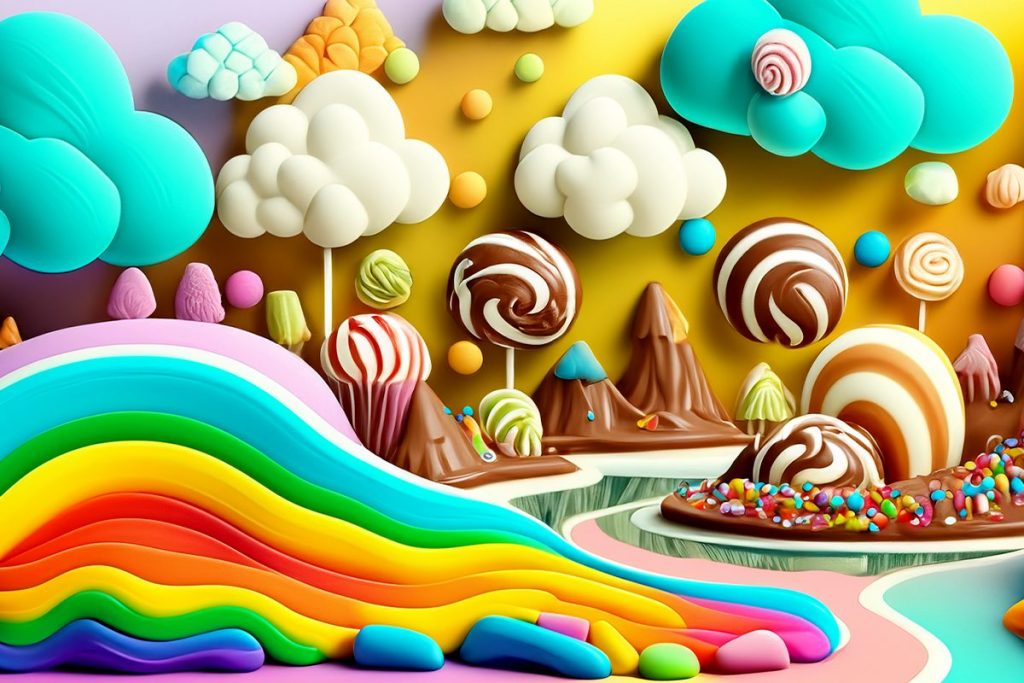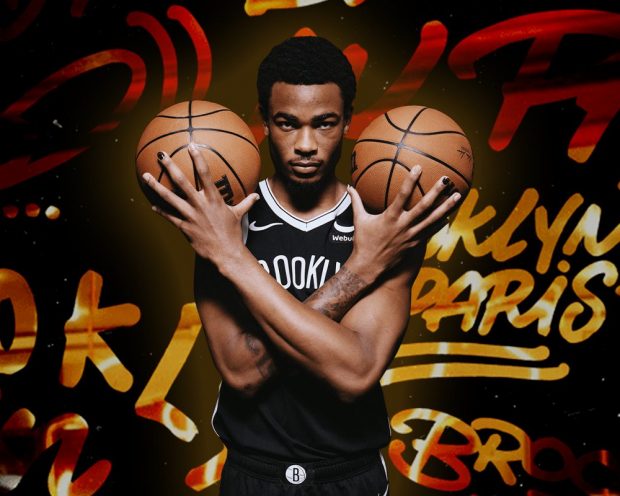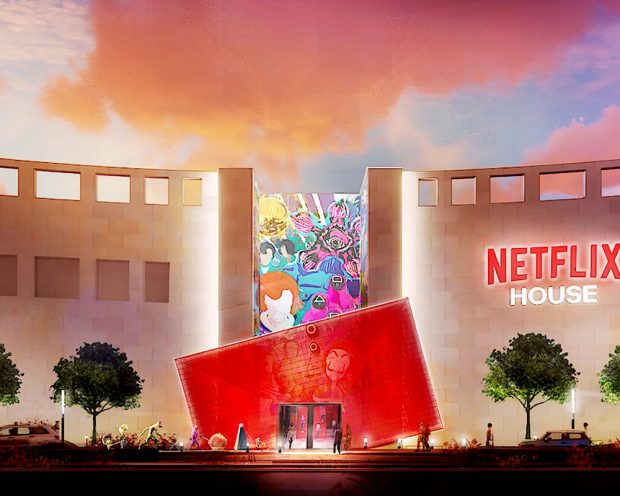AI and the Risk of Mediocrity

Ahhh, the two letters on the tip of everyone’s tongue and already sparking talk of plateauing: AI (either Artificial Intelligence or Apple Intelligence, depending on who’s on the call). In our world, it’s opened up entirely new frontiers in experiential, allowing us to dream bigger, create faster and, yes, to market with dazzling precision. But as with any tool, the magic only happens if we wield it with intention. AI can bring breathtaking visuals and buzz-worthy previews, but when an equally great in-person experience doesn’t back that hype, we’re left with a gap — one that audiences are quick to notice and even quicker to share. Let’s talk about the elephant in the ballroom: Detroit’s “Bridgerton Ball” this fall and Edinburgh’s “Willy Wonka Chocolate Experience” last February. The Chocolate Experience used AI-generated marketing visuals and descriptions that promised a surreal, immersive event, complete with enchanting chocolate gardens and other Wonka-esque details. These colorful digital images, coupled with poetic language describing a "paradise of sweet treats," set sky-high expectations. However, attendees were met with dismal decor and a sad bouncy castle and left with crying children. Willy Wonka Chocolate Experience expectation vs. reality. Courtesy The Guardian The Bridgerton Ball also promised...


